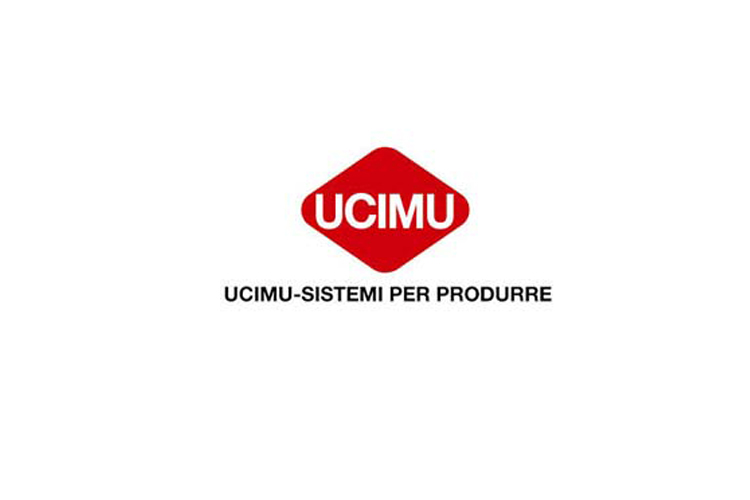The Italian machine tools, robots and automation manufacturing industry performed below expectations in 2013, with substantial drops in production, export, consumption and delivery on the domestic market. Still, the Italian machine tool industry was able to outperform South Korea and regain the fourth place in the worldwide producers’ ranking as well as to confirm its position as the world’s third biggest exporter.
In particular, production went down 7% to 4,487 million €. This result was influenced by a drop in exports, down 6.5% to 3.385 million €, and by a further drop in consumption, down to 2,047 million €, -2% on a year-to-year basis. A weakened domestic demand had a detrimental impact on Italian producers’ deliveries that went down by 8.5%, reaching 1.103 million €. Imports went up 6.8% to 944 million €. The export/production ratio grew to 75.4%. The share of consumption covered by imports increased by four percentage points from 42.3% in 2012 to 46.1% in 2013.
This is the snapshot of 2013 that President Luigi Galdabini presented this morning at the UCIMU yearly meeting, attended by Enrico Zanetti, undersecretary at the Ministry of Economy and Finance and Marco Fortis, economist and Vice-president of the Edison Foundation.
Forecasts by the UCIMU Studies Dept. underline that, following the end of 2013, in 2014 the Italian machine tools industry will find its way back to growth.
According to forecasts, in 2014 production will go up 4.4% to 4,685 million €. Exports will increase by 4.7% reaching 3,545 million. Italian consumption will be back on a growth path with a 3.3% increase to 2,115 million €, thus providing Italian manufacturers’ deliveries with much needed stimulus expected to result in a 3.4% growth to 1,140 million €. Imports are expected to grow (+3.3%), with the import/consumption ratio set to remain stable. The export/production ratio will continue increasing to 75.7%.
As to export figures, in 2013 China confirmed its position as the first and most important end market for the Made in Italy of the sector, followed by the USA, Germany, Russia, France and Brazil. The latest figures available, concerning the period going from January to March 2014, highlight a recovery of foreign sales, up 2.1% compared to the first quarter of 2013. Germany is back leading the ranking as the biggest end market, following a 17.6% year-on-year increase in the purchases of Italian machine tools, followed by China (-16,3%) and the USA (-11%), both suffering big slackening. Good performance for France (+30.2%). Russia (-5,8%) and India (-35.3%) close the top positions of the ranking.
“Against an unflattering European backdrop, Italy is experiencing a particularly tough stage that doesn’t seem to be completely over yet”, said Luigi Galdabini in his opening remarks. “The Italian economy is still too static and stuck, thus risking to further damage the manufacturing industry in the country which basically stopped investing in production machinery in 2008”.
This across-the-board crisis has indeed long blocked all investment in production technology. Obsolete machinery not being replaced (in 2005, when the last survey was carried out, 25% of machines in Italy had been operated for more than 20 years) as well as recent purchases of innovative systems by companies in emerging markets foster fears that our industry might not be able to keep up with foreign competitors.
“We welcomed the entry into force of the new Sabatini law which has been providing some momentum to Italian consumption of machines in the three months since its introduction, even though figures are still weak. Moreover, we look forward to the implementation of the measures contained in Decree Law no. 91 that was published in the Official Gazzette last week and allows companies to take advantage of tax credits up to 15% of the total value of investments in machinery delivered by the 30th of June 2015”.
“These are two useful tools to promote a recovery in consumption. Unfortunately they are not sufficient to support an urgent innovation of production systems of which the Italian industry has a strong need”.
“This is why – Luigi Galdabini concluded – we call on the Government to come up with measures aiming to encourage the renewal of production equipment in Italian industry plants, so that they can meet the new requirements in terms of energy savings, productivity and safety that are now imposed on manufacturers by European legislation”.


